Photos and description of my worm composter
rickd59
14 years ago
Related Stories
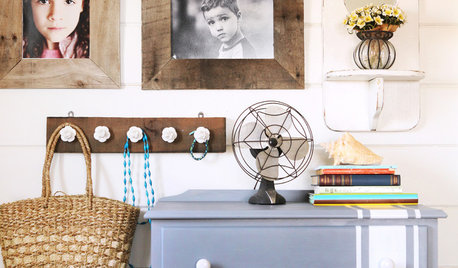
DIY PROJECTSTurn a Wooden Pallet Into Unique Photo Frames
Free wood? We're so in. Salvage a pallet or other cast-off wood to make delightfully distressed frames that fit almost any decor
Full Story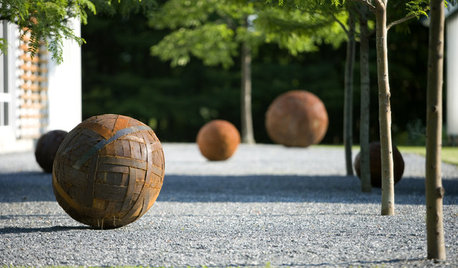
LANDSCAPE DESIGNWhat Kind of Gardener Are You? Find Your Archetype
Pick from our descriptions to create a garden that matches your personality and tells your story
Full Story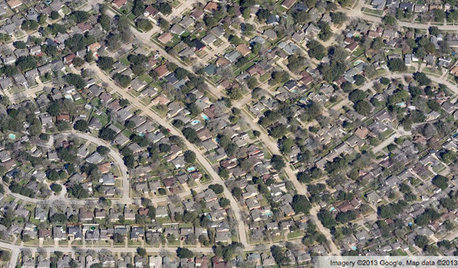
COMMUNITYGet a Bird's-Eye View of America's Housing Patterns
See the big picture of how suburban developments are changing the country's landscape, with aerial photos and ideas for the future
Full Story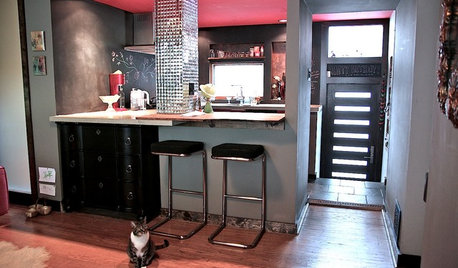
HOUZZ TOURSHouzz Tour: For the Love of a Cat in Philadelphia
Pet-friendly features integrated into a mod, eclectic and colorful home mean everyone in the family is happy
Full Story
FALL GARDENING5 Ways to Put Fall Leaves to Work in Your Garden
Improve your soil and yard the organic way with a valuable garden booster that grows on trees
Full Story
GARDENING GUIDESHow to Pick a Mulch — and Why Your Soil Wants It
There's more to topdressing than shredded wood. Learn about mulch types, costs and design considerations here
Full Story
GARDENING GUIDES5 Best-Behaved Trees to Grace a Patio
Big enough for shade but small enough for easy care, these amiable trees mind their manners in a modest outdoor space
Full Story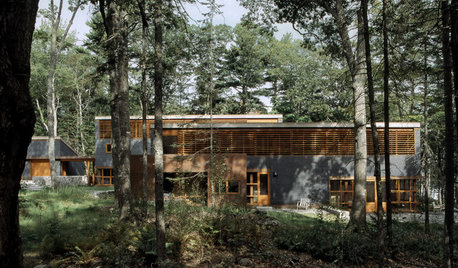
ARCHITECTURE'Houses of Maine' Puts Modernism in Its Place — in Nature
Set in the meadows and woods of Maine, the homes in this book give modern architecture a natural context
Full Story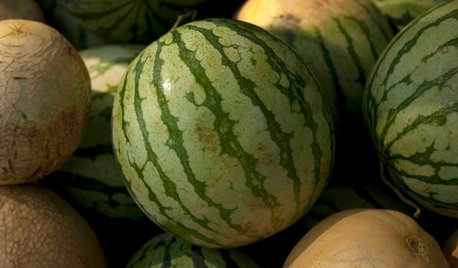
GARDENING GUIDESSummer Crops: How to Grow Melons
Drink in the refreshing sweetness of melons from your own garden this summer — they can last well into fall too
Full Story
GARDENING GUIDES10 Easy Edibles for First-Time Gardeners
Focus on these beginner-friendly vegetables, herbs, beans and salad greens to start a home farm with little fuss
Full StoryMore Discussions






rickd59Original Author
steamyb
Related Professionals
West Milford Landscape Architects & Landscape Designers · Waterbury Landscape Contractors · Arden-Arcade Landscape Contractors · Barrington Landscape Contractors · Canyon Lake Landscape Contractors · Cedar Hill Landscape Contractors · Dunwoody Landscape Contractors · Fort Myers Landscape Contractors · Gresham Landscape Contractors · Lynchburg Landscape Contractors · Shenandoah Landscape Contractors · Chillicothe General Contractors · Havre de Grace General Contractors · Mira Loma General Contractors · Valley Stream General Contractorsplumiebear
rickd59Original Author
steamyb
belindach
stampinhappy
tracydr
rickd59Original Author
tracydr
rickd59Original Author
gardeniadyl
rickd59Original Author
sbryce_gw
joe.jr317
marauder01
rickd59Original Author
susanfromhawaii
marauder01
azmarcus
plumiebear
mendopete
hummersteve